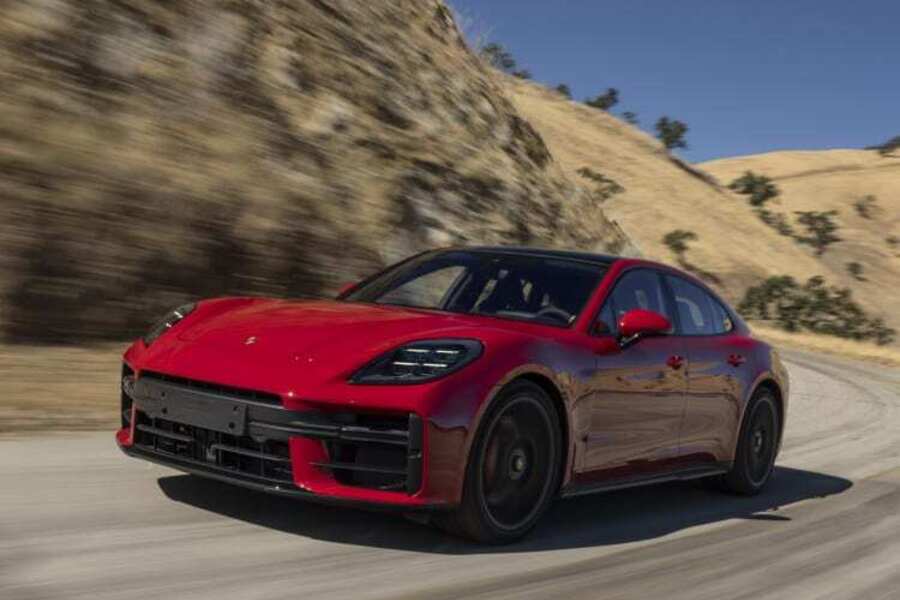Amid economic uncertainty and a shifting global automotive landscape, Porsche Cars North America (PCNA) has defied expectations, reporting its best-ever first-half sales performance. While global markets painted a gloomier picture, the German luxury automaker’s North American division recorded 38,696 vehicle deliveries through June 2025—an 11.4% year-over-year increase.
The record-setting achievement stands in contrast to Porsche’s global outlook, which saw deliveries dip 6% overall during the same period. Much of that global decline stems from weakening demand in key markets like China, Germany, and the broader European region. Yet in the U.S. and Canadian markets, consumer appetite for Porsche vehicles—particularly its compact SUVs and electric options—remained robust.
Timo Resch, President and CEO of PCNA, attributed the success to a combination of loyal customers, a strategic mix of powertrains (including internal combustion, hybrid, and electric), and the brand’s dealer-driven premium experience. “Despite a volatile market, our sales remained strong and interest in our cars continued to grow, in large part because of the outstanding customer experience delivered by our Porsche Centers,” Resch stated. “Our commitment to choice is driving our success.”
The standout performer for the first half of 2025 was the Macan, Porsche’s compact crossover SUV, which led to 14,563 units sold—a 21.3% increase over the same period in 2024. The four-door Panamera also delivered an exceptional performance, growing its sales by 56% year-over-year to reach 2,620 units.
However, not every model in Porsche’s lineup saw gains. Sales of the iconic 911 sports car fell nearly 20%, down to 5,424 units from 6,720 in the first half of last year. PCNA linked the dip to the gradual rollout of newly updated 911 variants, with three new Carrera 4S models having just debuted in early July. Still, when combined with 718 model sales, total two-door sports car sales saw a 3.1% uptick from the previous year, reaching 9,103 units.
Despite the strong overall start to 2025, PCNA reported a slight year-over-year decline in second-quarter results. Between April and June 2025, the company delivered 19,812 vehicles, down from 21,304 in Q2 2024—a sign that the upward trajectory may be tapering slightly.
Globally, Porsche faces more serious headwinds. China, the company’s largest market outside the U.S., saw deliveries plummet 28% in the first half of the year. The decline is largely attributed to intensifying competition from domestic electric vehicle giants like BYD, which continue to gain market share in the premium EV sector. Sales in Porsche’s home country of Germany also suffered, falling 23%, while the broader European market saw an 8% drop.
Matthias Becker, Porsche’s board member for sales and marketing, addressed the downturn in a statement: “We expect the environment to remain challenging.” The company has not issued updated global guidance but emphasized the need to remain flexible amid shifting consumer behaviors and trade complexities.
Adding to the uncertainty is Porsche’s exposure to U.S. trade policy. The company, which does not manufacture any of its vehicles in the United States, is vulnerable to potential tariffs under the renewed administration of President Donald Trump. Other European automakers like Audi and BMW are also grappling with a softening luxury market in the U.S., with Audi’s 2025 sales down 12% and BMW achieving only a modest 1.6% growth.
Nonetheless, Porsche continues to advance its product pipeline, betting on innovation and brand strength to weather the turbulence. Recently, automotive celebrity Richard Hammond got behind the wheel of a prototype electric Porsche Cayenne during the Shelsley Walsh hill climb event—offering a glimpse of what’s to come in the company’s electrification strategy.
While the global forecast remains murky, Porsche’s North American division has proven that with the right product mix, customer engagement, and dealership experience, strong regional success is still possible. The company’s ability to build on this momentum in the second half of 2025—while addressing challenges abroad—may determine whether it can sustain growth in a rapidly evolving automotive world.

